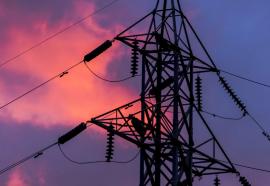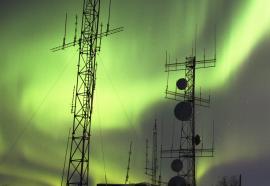Public Power Road Show
Sue Kelly’s ‘world tour’ brings APPA home.
There’s no one in the energy industry – and I mean absolutely no one – who is more on-message than Sue Kelly, now winding up her first year as CEO of the American Public Power Association.










